Semi-closed greenhouse design
1. What is a semi-closed greenhouse ?
The corridor, located at the outside gable of the greenhouse, uses outside air for dehumidification and cooling. Therefore, the corridor is used to mix inner air with external air. This phenomenon process the air treatment of semi-closed greenhouses, mainly used for Venlo glass (Kubo, Van der Hoeven, Richel…) and plastic (CMF, Richel…) ones.
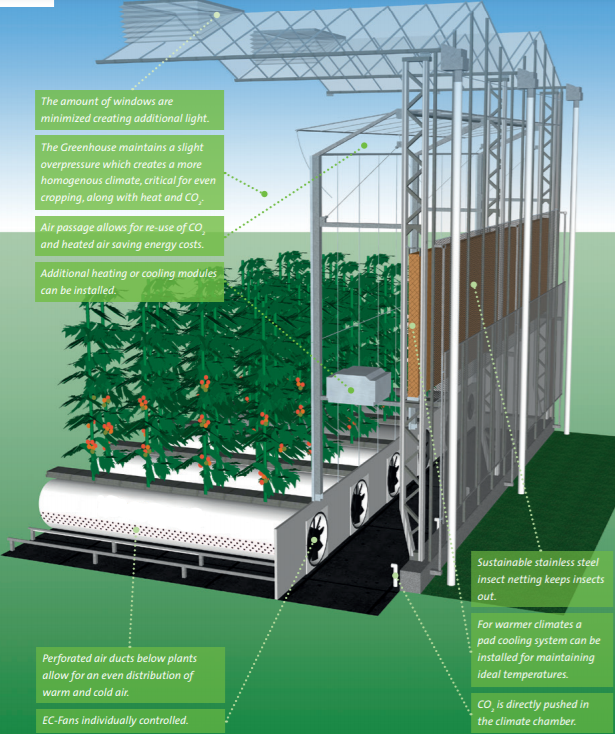
This system aims to:
- the atmosphere of the greenhouse by renewing and drying out the indoor air, thanks to outdoor air (during the night and the morning)
- cool dry inner temperature with a pad by using a cooling system, on external side of the corridor-
- reduce the insects damages, thanks to overpressure
- controlling the climate of the greenhouse avoiding temperatures differences
- optimize the use of energy and CO2
The heating system is composed of:
- air tubes below crops’ gutters for the diffusion of warm/cold air
- low temperature network (30-40°C) located in the vegetation
- high temperature network (70-80°C) located on the ground to ensure heating.
The cooling system can be made of:
- pad system using an evaporative cooling
- fog system using evaporative cooling
2. Semi-closed greenhouse design in Hortinergy
The semi-closed greenhouse model includes:
- Climate control
- Equipment
- Regulation
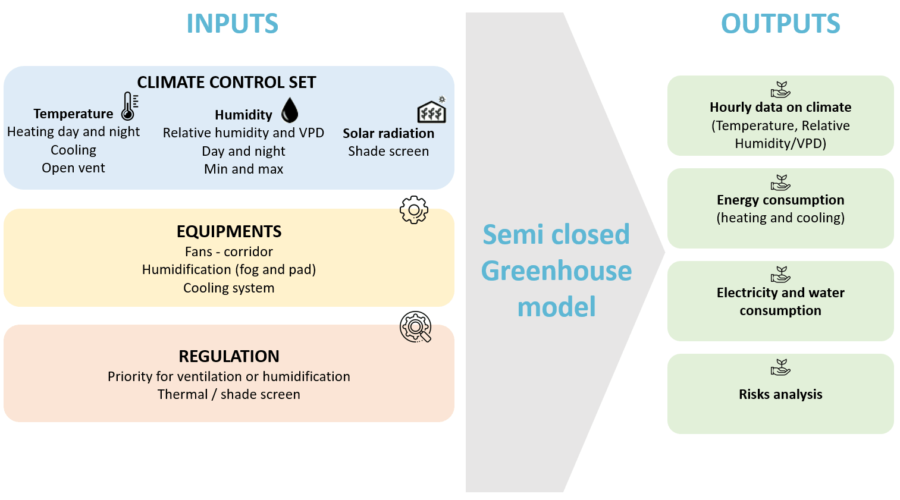
The model implements the following equipement:
- Controlled external ventilation for dehumidification,
- Air recirculation in tubes,
- Electricity energy consumption of fans,
- Adiabatic cooling with fog or pad system.
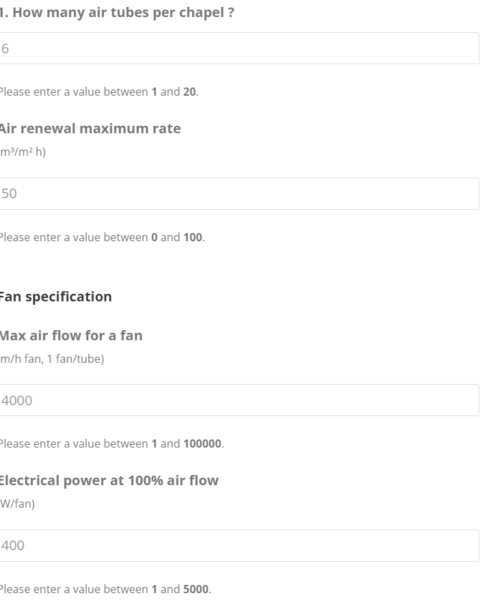
Crop evapotranspiration is modelled with climatic parameters as well as type and development of the crop. The climatic parameters are temperature, relative humidity, solar radiation, inner air velocity…
3. Outputs of semi-closed greenhouse design
Hortinergy provides a comprehensive analysis of the:
- Hourly inner climate,
- Energy, electricity and water consumption.
We demonstrate the results of a semi-closed greenhouse located in the south of France. The climate is hot and dry. A system of pads provides cooling and dehumidification.

Cooling temperature set: 26°C

Inner climate
The results are temperature, relative humidity, hydric deficit and solar radiation in the greenhouse.
In this example, we are showing the results during a typical day in July.
The inner temperature is never higher than 26°C. The hydric deficit is between 2 and 4.5 g/ kg da.
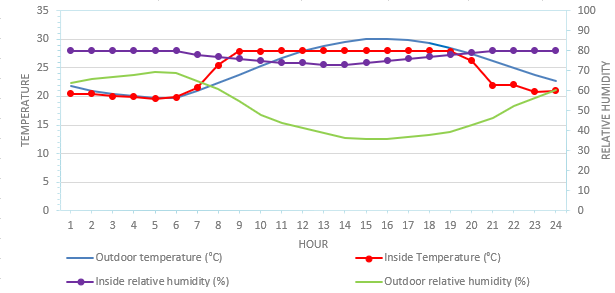
Results also indicates the external air flow, water flow and evapotranspiration.
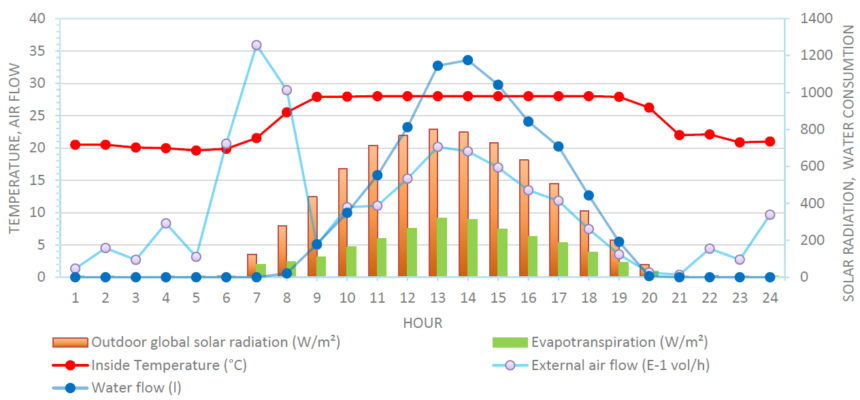
During night time and morning, fans can blow the external air into the greenhouse to dehumidify.
Then, during day time, pad cools the greenhouse.
Hortinergy also indicates the consumption of heating, electricity and water. You have access to an annual overview, a monthly synthesis and an hourly data.
Annual overview of the energy consumption:


Monthly synthesis of the energy consumption:
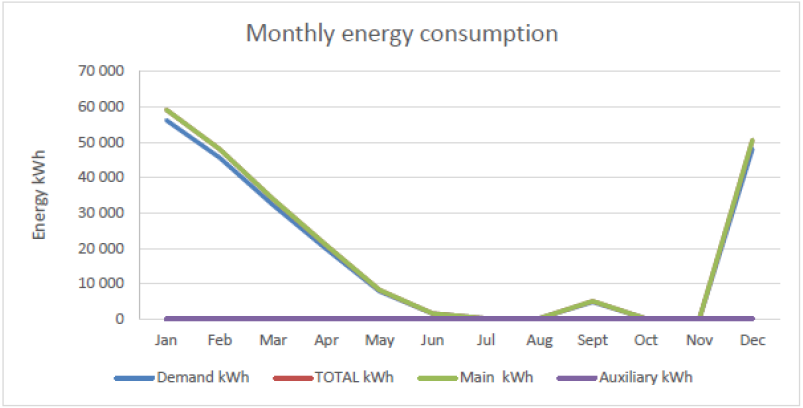
Hourly data of the energy consumption:
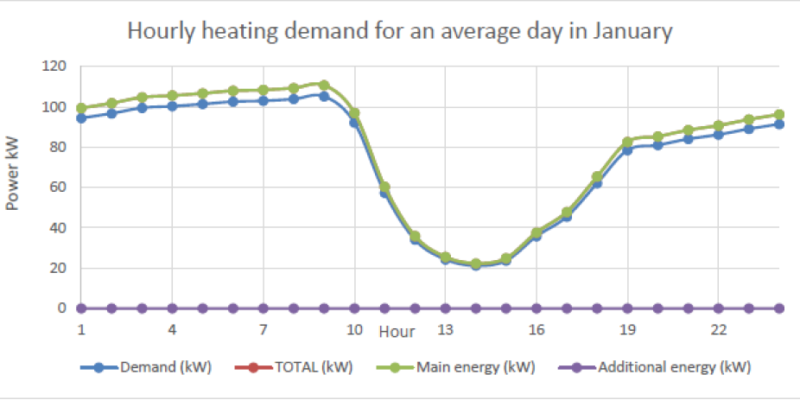
4. Model validation
Model is being validated with 2 semi-closed greenhouses in France. They are located at CTIFL in Carquefou (humid climate) and Balandran (dry climate).
With Hortinergy, you can simulate screens, semi-closed greenhouse, energy consumption, sustainability, cannabis greenhouse, supplemental lighting, and calculate carbon tax rebate. We also provide trainings on energy consumption to become a greenhouse designer.
Hortinergy is an online software. You can choose your offer, create an account and start your project.
